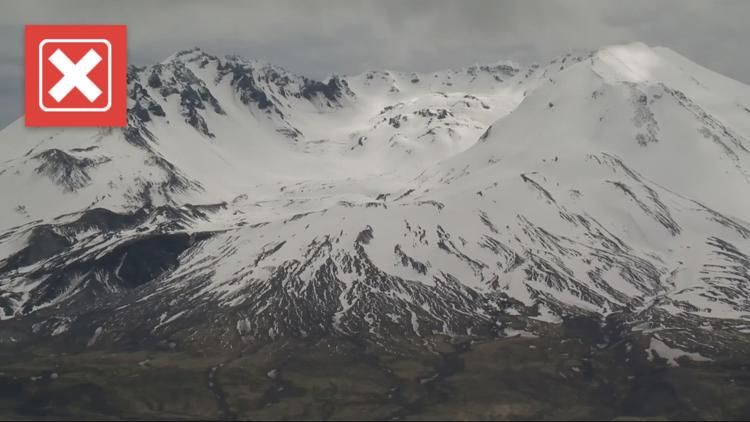PORTLAND, Ore. — Speculation was rampant Wednesday about a weird smell in the air across Southwest Washington and the Portland metro area. Variously described as akin to sulfur, natural gas or burning garbage, the odor was apparently first noticed around 6:30 p.m. Tuesday near Kelso and then appeared to disperse southward to Kalama, Woodland, Vancouver, and finally, Portland.
Multiple fire and law enforcement agencies throughout the region said they've received inquiries from residents, but despite hours of investigation, they all remain stumped. The sheer volume of calls and online posts suggests there must be something in the air, but monitoring stations across the area showed no readings for gas or other smelly substances.
Some of the speculation has included theories about a transportation leak, a pipeline rupture or a natural phenomenon like ground movement, according to Cowlitz County fire officials — and given the nature of the smell, its apparent origin near Kelso and the mountain's volatile recent history, Mount St. Helens quickly popped up in the chatter.
THE QUESTION
Is the strange odor in Portland and Southwest Washington coming from Mount St. Helens?
THE SOURCES
THE ANSWER
No, the smell isn't coming from Mount St. Helens. The source is still unknown, but the volcano can be ruled out.
WHAT WE FOUND
It wouldn't be the first time Mount St. Helens had drawn renewed attention in the years since its famous cataclysmic 1980 eruption — the volcano is well known for periodic small eruptions or bursts of steam, particularly during an active period in the 2000s that led to the formation of a new lava dome in the crater.
But KGW reached out to the Cascades Volcano Observatory on Wednesday morning, and the agency confirmed there had been "no abnormal activities or readings" from the mountain in the proceeding 12 hours.
In a longer post on Facebook, the observatory's parent agency, the U.S. Geological Survey, explained that the smells described on Wednesday don't seem to match what volcanoes tend to smell like — which they described as either "dry, dusty rock" or "warm, moist rock" in areas near steam vents.
The agency did say it's possible for volcanoes to smell like rotten eggs, which is a bit closer to the sulfur-like smell described in Portland, but the post went on to say that there are two active volcanic gas monitoring stations on St. Helens, and while both show the mountain is emitting water vapor, carbon dioxide and hydrogen sulfide, it's doing so in very small amounts that don't rise beyond the level of the volcano's normal "background behavior."
And though it's perhaps a bit less definitive, the National Weather Service's Portland office also offered some analysis that would appear to exclude the volcano. The agency tweeted a map of the smell's approximate trajectory, and it sticks pretty close to the Interstate 5 corridor, with winds blowing mostly south and north Wednesday morning.
The smell was first reported in Kelso, and Kelso is one of the closest cities to St. Helens along the I-5 corridor, but the mountain is still more than 30 miles to the east, so it seems unlikely that Kelso would've been first in the line of fire if the wind was pushing things south.
Got a question or a story about Portland or Oregon that you'd like us to VERIFY? Drop us a line at verify@kgw.com.



